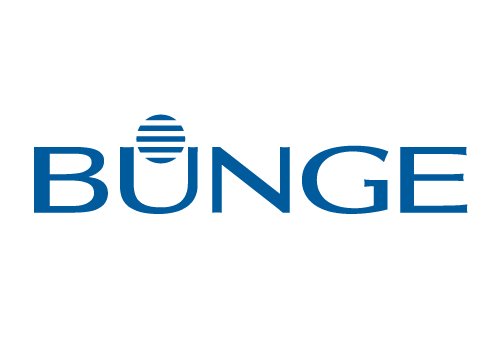
Field data from 2020
Soy volume sourced in the Cerrado
Out of total volume sourced from Brazil
%
sourced in other Biomes
%
sourced in the Cerrado
Soy volumes sourced in focus municipalities
Out of total volume sourced from the Cerrado
%
sourced in other municipalities
%
sourced in 61 focus municipalities
Soy volume sourced directly and indirectly
Out of total volume sourced from the 61 focus municipalities
%
indirect sources
%
direct sources
Soy volumes traceable to farm for direct sources
Out of total volume sourced directly from farmers
%
traceable to farm in 25 focus municipalities
%
traceable to farm in 61 focus municipalities
*By December 2021, members of the SCF commit to achieve at least 95% traceability to farm for direct sourcing in the 61 focus municipalities

Without technology, we would not know the pace of deforestation in critical regions and nothing would be done to halt it. The Soy Moratorium, for example, a zero-deforestation initiative for the soy production chain, is only possible using satellite-based technology to detect soy that has been planted on deforested land since July 22nd 2008. But technology by itself is not enough. It needs to be complemented with strict policies and actions. It also requires the buy-in of all players along the soy supply chain, especially the producers themselves.
A viable and long-term solution to end soy-driven land conversion should involve the entire industry, and, most importantly, should put producers at the heart of the transition.”
COFCO International partners in Brazil with Agrosatélite, a company that uses remote sensing satellite images to observe the Earth’s surface and possible impact of soy cultivation on the country’s most valuable ecosystems.
SIMFaz, Agrosatélite’s farm monitoring system helps assess environmental, social and financial risks. Their images can monitor dynamic targets such as annual crops and also land cover changes linked to deforestation. The technology supports COFCO International’s efforts to develop a more traceable and sustainable supply chain in the Cerrado’s Matopiba region. The project is expected to cover at least 85 percent of COFCO International Brazil’s direct suppliers in the Matopiba region by 2021, and to fully cover the region by 2022 the latest.

Bernardo Rudorff
Executive Director, Agrosatélite – Brazil









